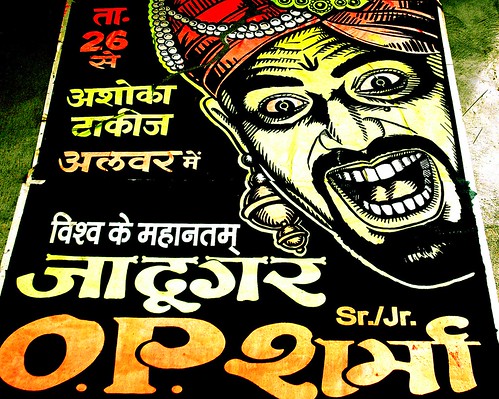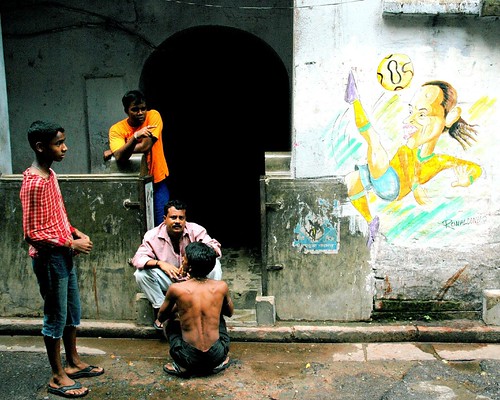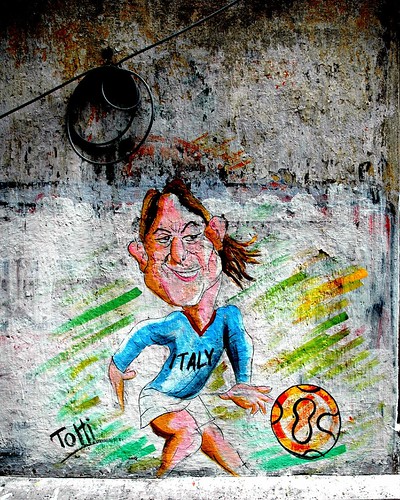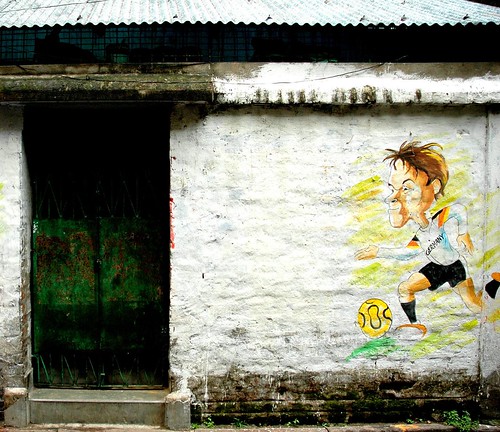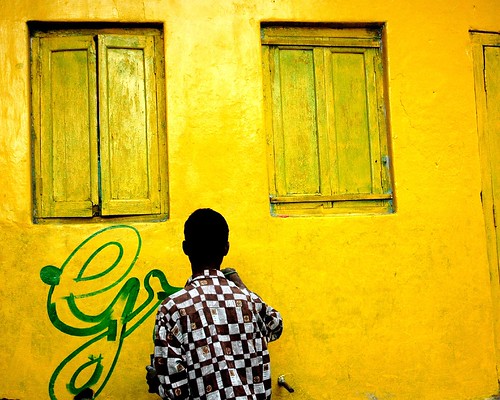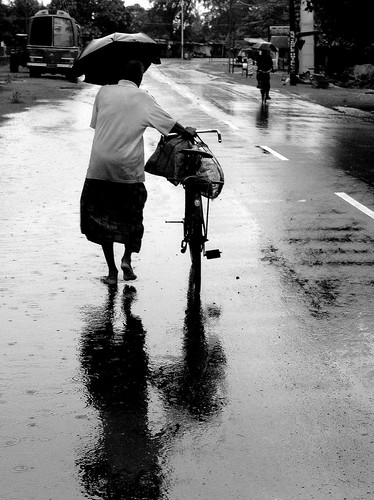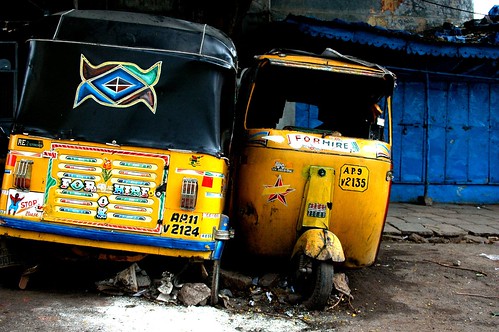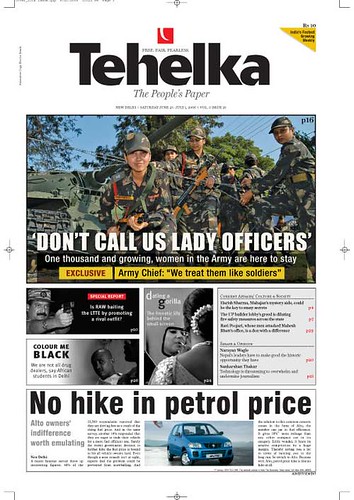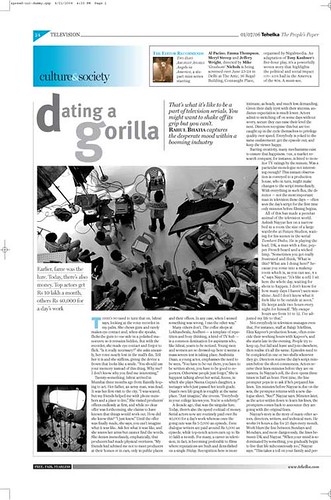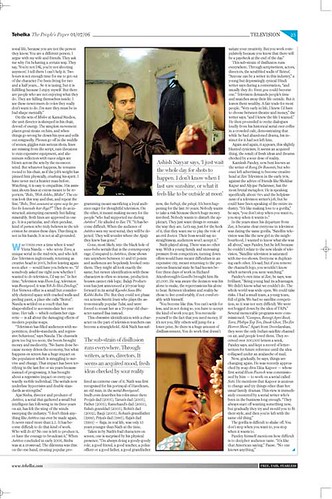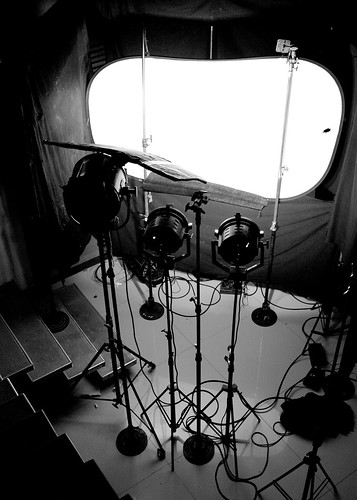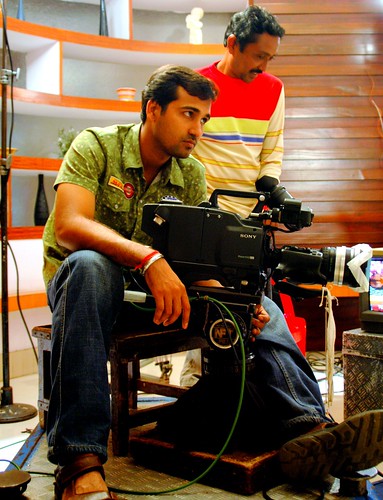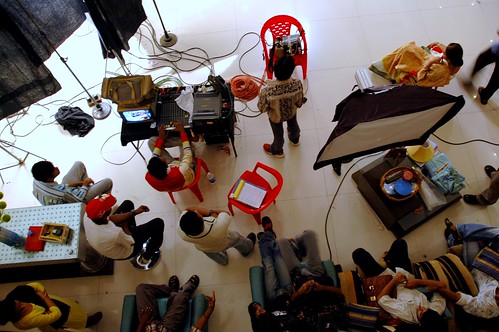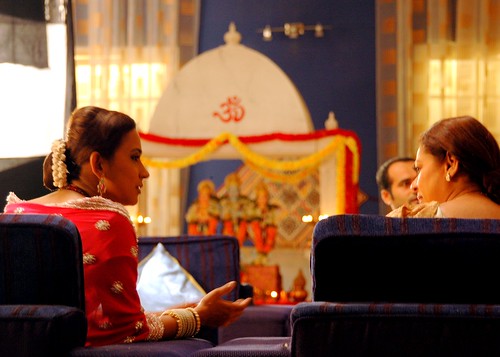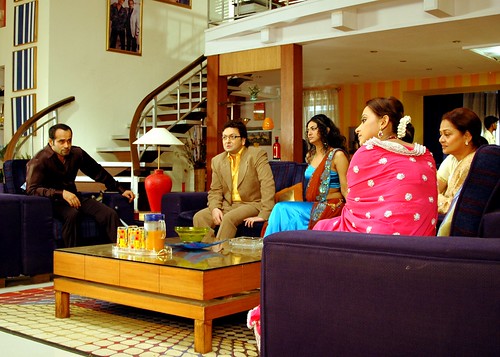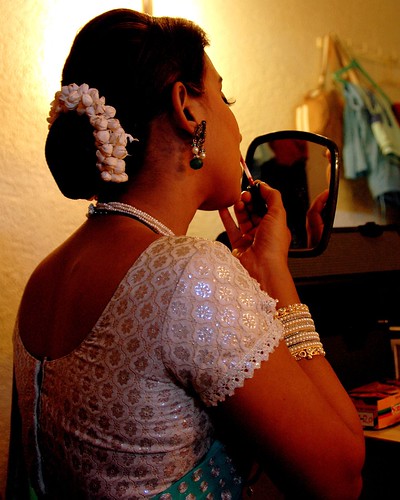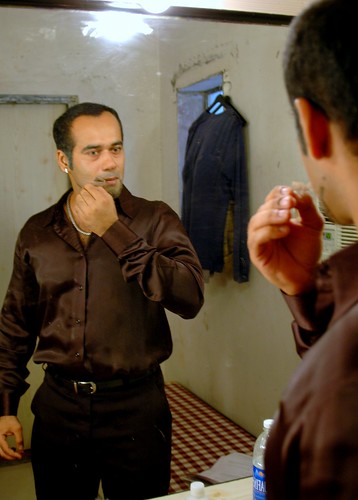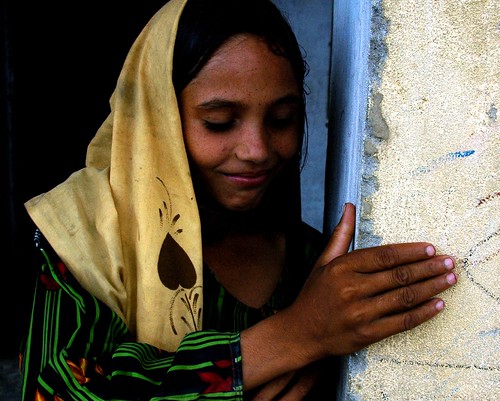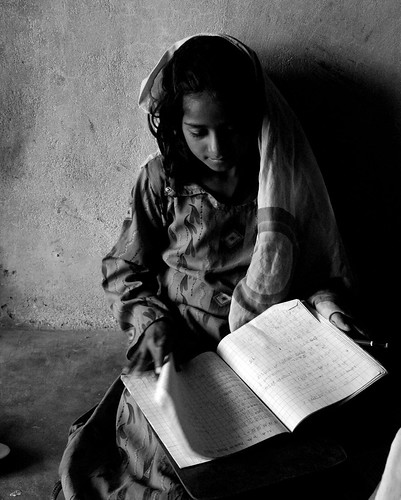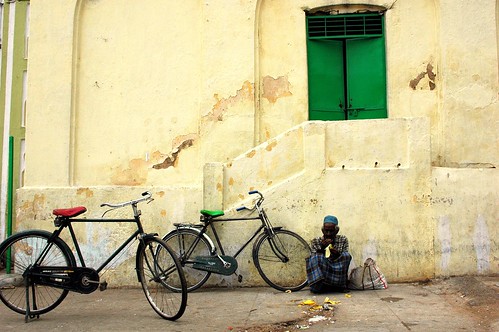
The ceiling fan rattles, clicks and sways as it cools the chai in the chipped porcelain cups that lie below. A boy, barely 15, in a torn banyan and lungi walks up to our table and slides two glasses of water across the marble top. He then heaves out a sigh as he walks away to the next the table - the occupants of which have called out to him with a sharp hissing sound and swift movement of their hands. The Cafe is a L-shaped institution with chipping walls, rotting sets of table and chairs and checkered flooring tiles hidden under at least a few centimeters of dirt. It is filled mostly with men, they slurp greedily at their cups of chai, munching aggressively at their meat filled khari. Another boy sneaks in from the back entrance walks up to our table and helps himself to the glass of water on our table before he is hastily shooed away by the head waiter, who then flashes us an apologetic smile and walks away in a hurry. These are the musty, yet strangely comfortable confines of one of the many Irani establishments among pearl shops, jewelers, hawkers, panshops, temples, dargahs and mosques that line the roads that ingress the Hyderabad's Old City.
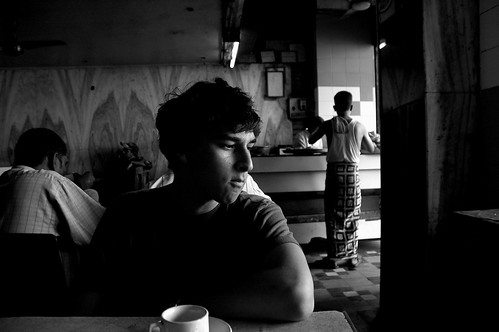
[
Josh drinks his tea in the " The Desisive Moment"]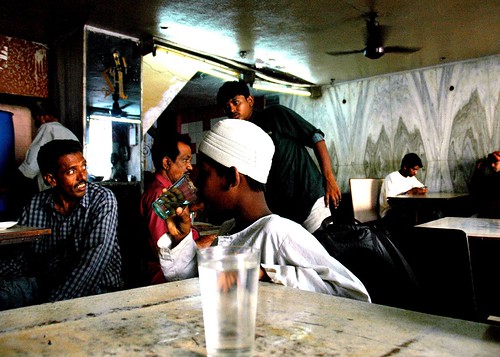 [Hastily shooed away after a glass of water - see post]
[Hastily shooed away after a glass of water - see post]I had arrived in Hyderabad a few hours earlier on the morning flight from Mumbai and like many visitors arriving at Hyderabad airport I was immediately drawn into the ambience of the city. The crowd gathered at the airport is perfervid, like a large extended family. Meeting people or seeing them off is a ceremony laced with tears, fragrant with red roses. A woman, old and bent, waits to welcome a grand-daughter with a garland of jasmine. One man embraces another, unabashedly wiping away his tears with his white head scarf. For tears are part of the ritual, and rituals of caring and sharing are so common in India and why should Hyderabad be any different. This is my first trip to Hyderabad and it's a short one at that, a mere 12 hours before my train, The Konark Express leads me on to Bhubaneshwar.
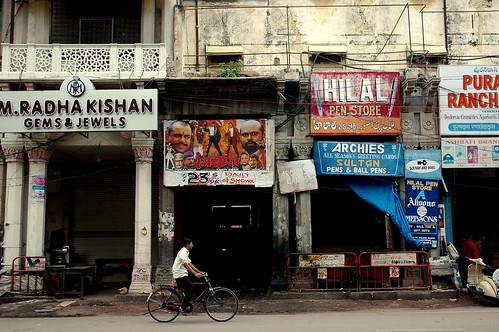 [Hyderabad Street]
[Hyderabad Street]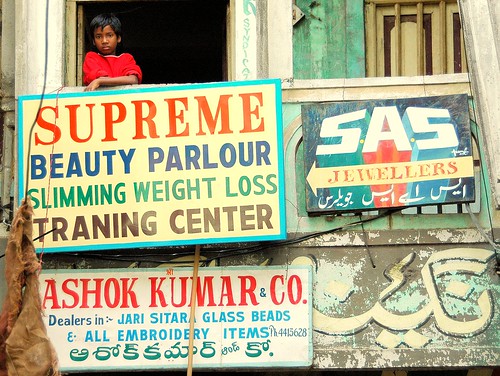 [Mindspace]
[Mindspace]As our auto-rickshaw speeds across Hyderabad encountering only scanty Sunday morning traffic, the skyline changes slowly from ugly rectangular concrete blocks to that of white domes and minarets. The city sprawls among the smoothly sculptured rocks of the deccan plateau and straddles the Musi River. The change is only complete when you cross the Musi and you find yourself in one of the best bazaars in Asia, Hyderabad's ancient commercial center. At its heart is the Char Minar, a magnificent 400-year-old granite arch with four soaring minarets and wide arches opening out on all four directions.
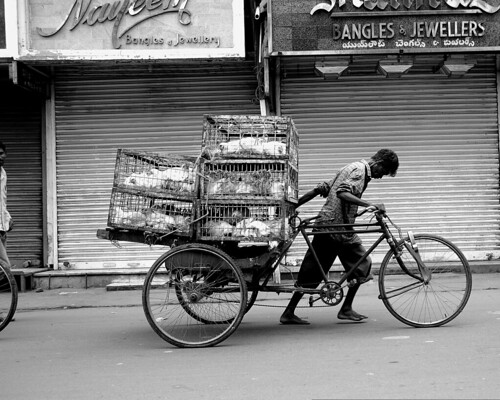 ["Life is often a up hill journey" Hyderabad street reminds me]
["Life is often a up hill journey" Hyderabad street reminds me]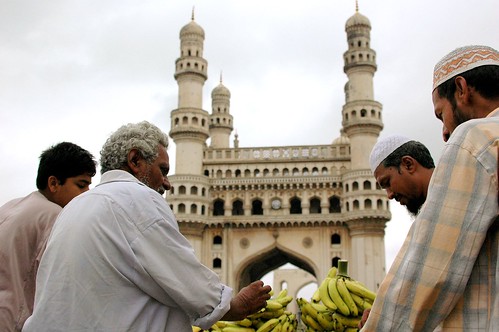
Cities, like people, have souls and as in many an Indian city, Hyderabad's soul is caught between two worlds - one old and one new. The new may be shiny, bright yet is concrete, ugly and plain where as the old may seem tired and beaten yet it has a hidden shine. The inscription on the old bridge that spans the River Musi linking the old to the burgeoning new city says, ''as safe as a pearl in its oyster,'' referring to old Hyderabad; yet sadly how long will the oyster protect this pearl. Beyond the frayed images of the past is the beauty of the forgotten, where the spirit of this place is still visible. You find it's old spirit walking down the glimmering Lad Bazaar, famous for its colorful bangles studded with semi-precious stones, the bangle-wallahs smile cheerfully and bow their heads as you pass by . Or as you sit at the steps of the Mekkah masjid and observe kind elderly men playing chess keeping one eye on the chess board and the other on their grandchildren as they play cheerfully among the pigeons.
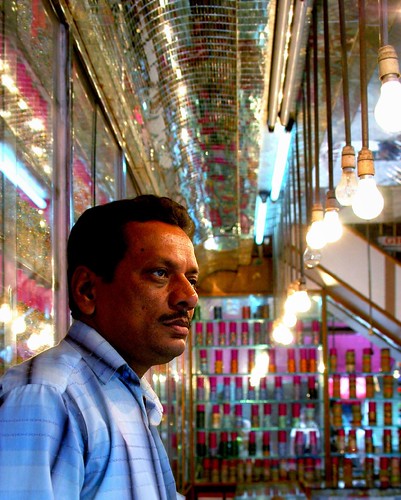 [ChuddiWallah at Lad Bazaar and below are his wares]
[ChuddiWallah at Lad Bazaar and below are his wares]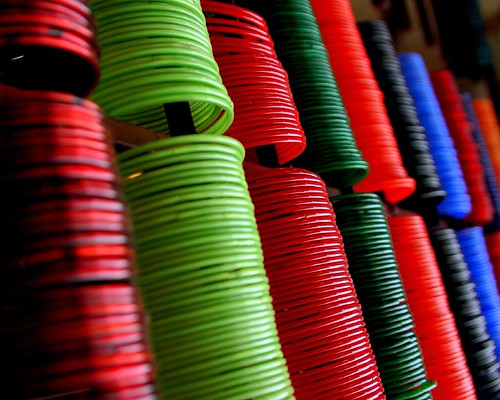
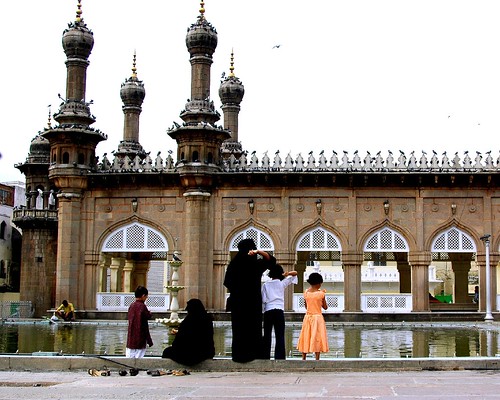 [A Family shares a light moment at the Mekkah Masjid]
[A Family shares a light moment at the Mekkah Masjid]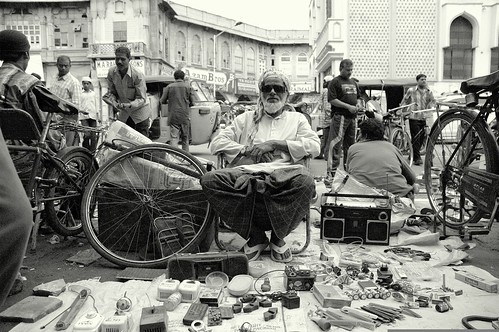 [Blind Man's treasures at Hyderabad's Chor (thieves) market]
[Blind Man's treasures at Hyderabad's Chor (thieves) market]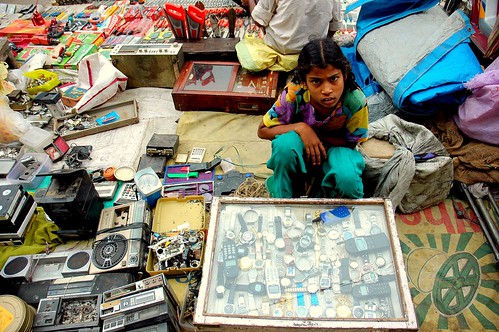
I'm a little tired now, may be some chai and khari will soothe my nerves and help me "relax and have a Char Minar" or at least help me construct one in my head where the old and new meet and live in harmony and where I can feel safe as a pearl does in the confines of its oyster.
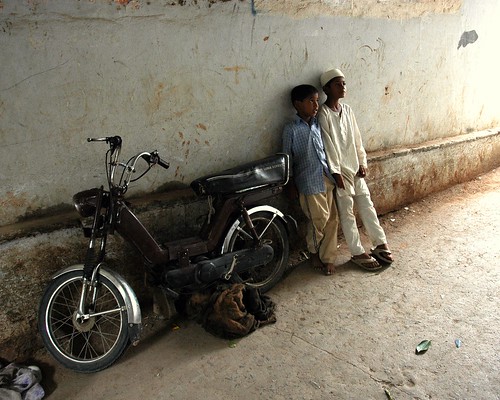
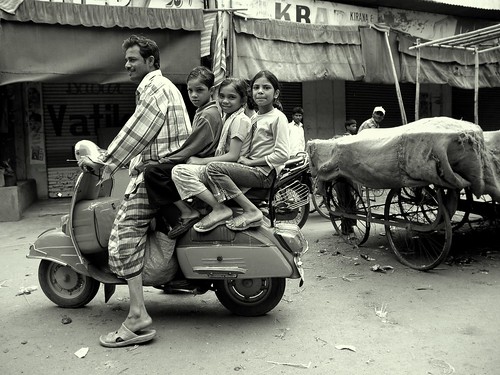 [Click on the any of the images to view them larger]
[Click on the any of the images to view them larger]